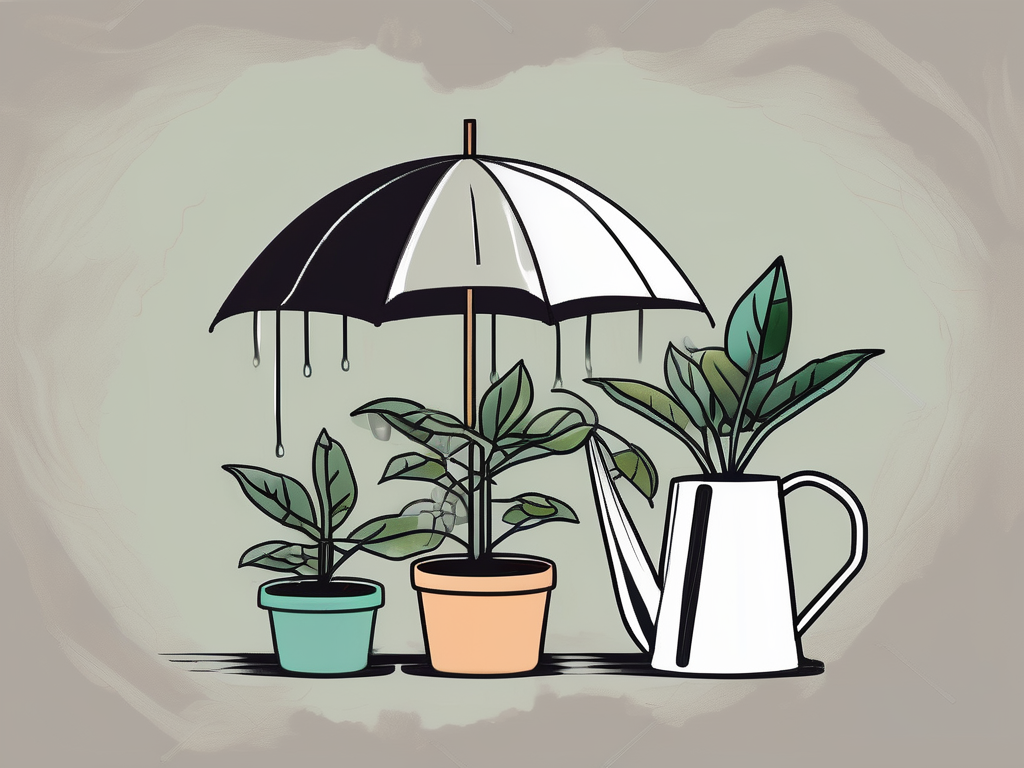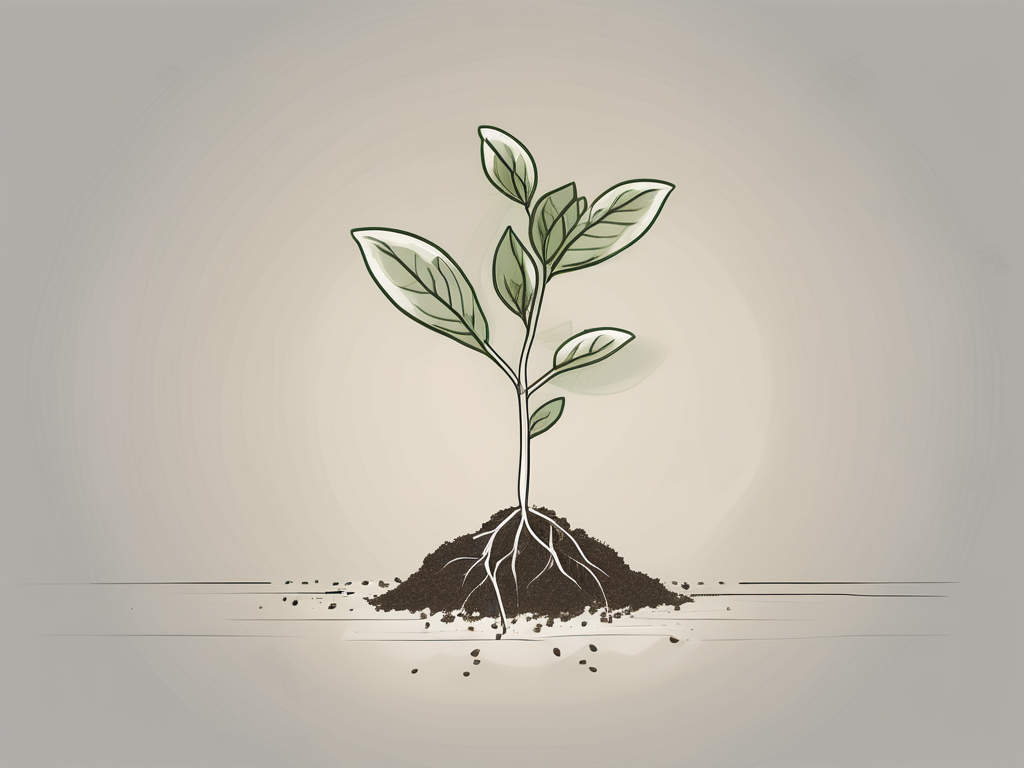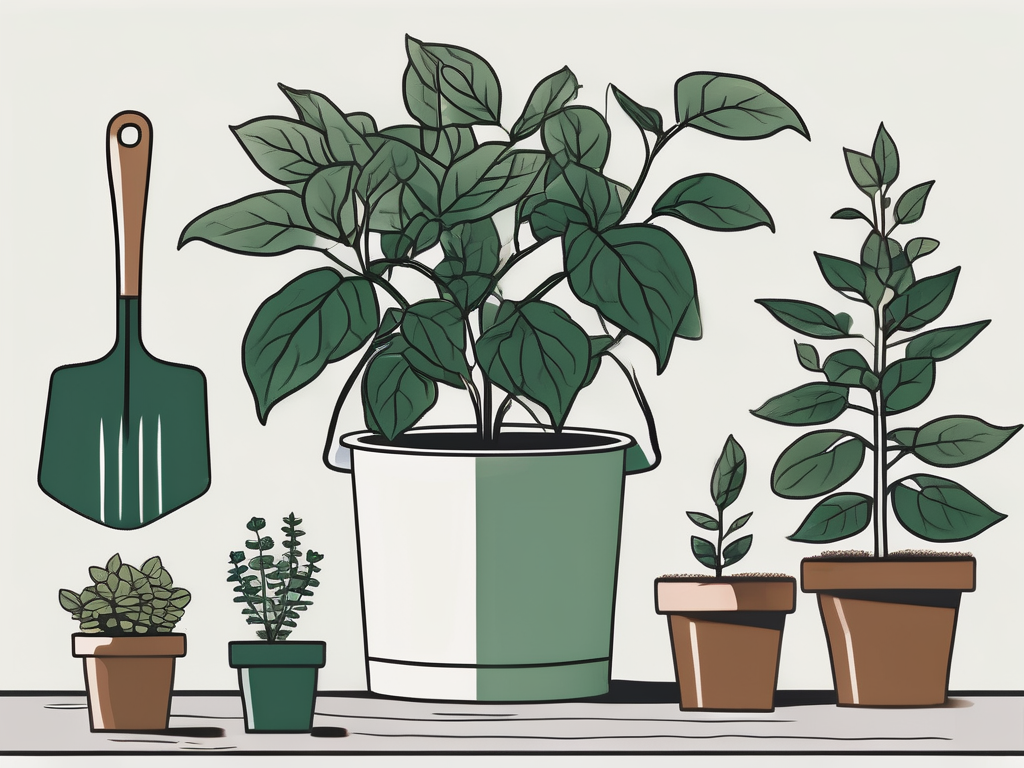
Have you ever looked at your beautiful umbrella plant and thought, "I wish I could have more of these around my home"? Well, the good news is, you can! Propagating umbrella plants is not only a fun and rewarding project but also an excellent way to expand your indoor garden without spending a dime. Plus, it's a fantastic excuse to get your hands dirty!
In this article, we're going to walk through the process of propagating an umbrella plant step by step. We'll cover everything from choosing the right tools to rooting your cuttings successfully. Whether you're a seasoned plant parent or just starting, you'll find the guidance you need to grow your collection with confidence.
Understanding Umbrella Plants
Before we begin, let's take a moment to appreciate the umbrella plant, known scientifically as Schefflera. This tropical beauty is native to Taiwan and South China and is loved for its glossy, hand-shaped leaves that bring a touch of the exotic to any room. But what's fascinating is how versatile and forgiving it is, making it a favorite among plant lovers.
Umbrella plants thrive in bright, indirect light and prefer a warm, humid environment. They're not too picky about soil types, but they do appreciate good drainage. While they can grow quite tall outdoors in tropical climates, indoors, they usually stay a manageable size, making them perfect for living rooms and offices.
Now, why propagate? Well, besides filling your home with more greenery, propagation allows you to share plants with friends or create a lush indoor jungle. Plus, learning to propagate plants can deepen your appreciation and understanding of how they grow. It's like a little science experiment you can do at home!
Gathering Your Tools and Supplies
Before you start snipping away, you'll need to gather some supplies. Having everything ready makes the process smoother and more enjoyable. Here’s what you’ll need:
- Pruning Shears: Sharp and clean pruning shears are essential. You want a clean cut that won't damage the plant.
- Rooting Hormone: This isn't strictly necessary, but it can help speed up the rooting process.
- Containers: Small pots or containers for your cuttings. Make sure they have drainage holes.
- Potting Mix: A good-quality potting soil with excellent drainage. You can also mix in some perlite or sand.
- Watering Can: For keeping your cuttings hydrated.
- Plastic Bags: Optional, but they can create a mini-greenhouse effect for your cuttings.
Once you have everything ready, it’s time to move on to the exciting part—making the cut!
Choosing the Right Stem for Cutting
Not every stem on your umbrella plant is going to be ideal for propagation. So, how do you choose the right one? Look for a healthy, mature stem that’s about 4-6 inches long. It should have several leaves and no signs of disease or wilting. The healthier the cutting, the better the chances it'll root successfully.
It's often a good idea to take a few cuttings if it's your first time. This way, you’ll have backups in case one or two don't take root. Also, consider the overall shape and size of your plant. You don't want to over-prune and leave it looking sparse.
When you're ready to cut, use your pruning shears to make a clean cut just below a leaf node. A node is where leaves are attached to the stem and is crucial because that's where roots will develop. Make sure your cut is clean and precise—no jagged edges! This helps prevent disease and encourages healthy growth.
Preparing the Cuttings
With your cuttings in hand, it's time to prepare them for rooting. Start by removing the leaves from the bottom half of each cutting. You want to leave a few leaves at the top to help the plant take in sunlight and continue photosynthesis, but removing the lower leaves prevents them from rotting in the soil.
If you're using rooting hormone, now's the time to dip the cut end of your cutting into the powder. Tap off any excess gently. This step can help stimulate root growth, but don't worry if you don't have any rooting hormone—many umbrella plants root just fine without it.
Next, fill your pots with potting mix. Make a small hole in the soil with your finger or a pencil. Insert the cutting into the hole, ensuring that at least one node is buried in the soil. Firm the soil gently around the cutting to hold it in place and remove any air pockets. Voila! Your cutting is ready to grow.
Creating the Perfect Environment
Now that your cuttings are potted, they need the right environment to thrive. Remember, umbrella plants love warmth and humidity, so try to mimic these conditions as much as possible. Place your pots in a warm spot with bright, indirect light. A sunny windowsill that doesn't get too hot is perfect.
To boost humidity, you can cover the pots with a plastic bag, creating a mini greenhouse effect. This keeps moisture in and helps the cuttings stay hydrated. Just make sure the bag doesn't touch the leaves, as this can cause mold. You might need to prop it up with sticks or skewers.
Keep the soil consistently moist but not soggy. Overwatering is a common pitfall, so it's better to err on the side of caution. A gentle misting every few days can also help maintain the right humidity level. And remember, patience is key—rooting can take a few weeks, so resist the urge to pull on your cuttings to check for roots.
Monitoring Growth and Root Development
As you wait for your cuttings to root, there are a few signs to watch for that indicate success. First, you'll notice new growth at the top of the cutting. This is a great sign that roots are developing below. You might also see new leaves unfurling, which is always exciting!
If you're curious about root development, you can gently tug on the cutting after a few weeks. If you feel resistance, it means roots are anchoring into the soil. No resistance? Give it a bit more time. Remember, every plant is different, and some may take longer than others.
Keep an eye out for any wilting or yellowing leaves, as this might indicate issues like overwatering or not enough humidity. Adjust your care routine as needed, and your cuttings should be well on their way to becoming full-fledged plants.
Transplanting Your New Plants
Once your cuttings have established roots and are showing strong new growth, it’s time to think about transplanting them into larger pots. Choose a pot that’s one size up from the current one, as this gives the roots more room to spread out.
When transplanting, be gentle to avoid damaging the delicate new roots. Carefully tip the plant out of its current pot, supporting the base of the cutting. If the roots are tangled, use your fingers to gently tease them apart.
Place the plant in its new pot, positioning it so that the top of the root ball is just below the rim. Fill in with fresh potting mix, firming it down gently. Water thoroughly to help settle the soil. Your new umbrella plant is ready to continue its journey in its new home!
Common Challenges and Troubleshooting
Like any gardening project, propagating umbrella plants can come with its share of challenges. Here are a few common issues and how to handle them:
- Wilting Cuttings: This can be a sign of overwatering, underwatering, or not enough humidity. Check the soil moisture and adjust your watering schedule. Increasing humidity might also help.
- Yellowing Leaves: This might indicate nutrient deficiency or stress. Make sure your cutting is getting enough light and consider a gentle fertilizer once roots are established.
- No Root Growth: If, after several weeks, your cuttings aren't rooting, try changing their environment. More light, warmth, or a different potting mix might be the key.
Remember, patience and observation are your best tools. With time and care, your cuttings will thrive.
Using Your New Umbrella Plants in Interior Design
Once you've mastered propagation, you'll have a bounty of umbrella plants to play with! These versatile plants are a fantastic addition to any interior design scheme. Their striking foliage can provide a lovely focal point in a room or serve as a lush backdrop for other decor elements.
Consider placing your umbrella plants in living areas where they can be admired. They do well in bright, indirect light, so a spot near a window is ideal. You can also use them to fill empty corners or add height to plant displays.
For a cohesive look, try grouping umbrella plants with other tropical varieties like peace lilies or pothos. Their similar care needs make them great companions. And don't be afraid to get creative with pots and planters—choose colors and styles that complement your home's decor.
Final Thoughts
Propagating umbrella plants can be a delightful and fulfilling endeavor. From selecting the right cutting to seeing new growth, each step is an opportunity to learn and connect with your plants. Before you know it, you'll have a thriving collection that brightens up your home.
At Cafe Planta, we're passionate about helping you care for your plants. Whether you're looking for new plants to add to your collection or need advice on plant care, we're here for you. Feel free to reach out via email or drop us a message on Instagram. Happy planting!












